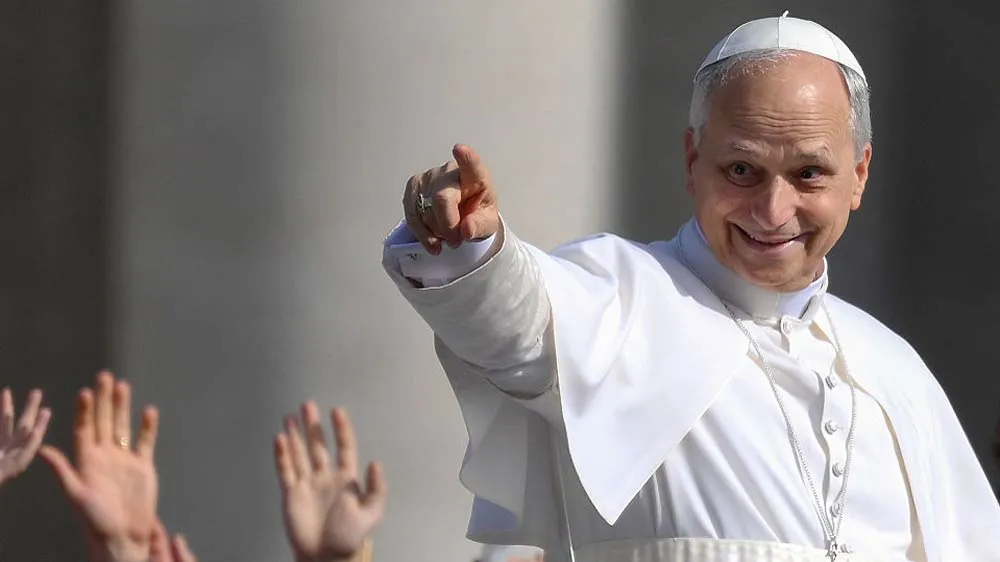March 7, 2014
300: Rise of An Empire
Kilian Melloy READ TIME: 4 MIN.
If "300," the ground-breakingly stylish and bloody movie from 2006 based on the Frank Miller comic book of the same name from 1998, was the stark and desert-bound n'est plus ultra in painterly war porn and Grecian retro-gore, then the sequel is damper, more heaving, and steamier... in every sense of the word.
"300" paved the way for entertainments such as "Spartacus" and, in a more contemporary vein, "Sin City," another movie based on Miller's source material. A sequel was probably inevitable, and given that Miller himself wrote and illustrated a (still-unfinished) comic book follow-up, titled "Xerxes," Hollywood (and fanboys) was destined to pant hungrily for a second installment.
"300" was directed by Zack Snyder, who has a terrific (if sometimes extravagant) visual aesthetic, and whose cinematic look works well with Miller's drawing style. The sequel, directed by Noam Murro and written by Snyder and Kurt Johnstad, is titled "300: Rise of an Empire," and is fashioned around the events of "300" such that the stand taken by Sparta's King Leonidas (Gerard Butler) and his elite corps of 300 warriors at Thermopylae against the Persian hordes takes place contemporaneously to a great battle at sea, in which the Athenians (another Greek city-state) face off with the Persian armada.
The Athenians have Themistocles (Sullivan Stapleton) as their leader. He's a formidable presence: A brilliant tactician and fearless fighter who, ten years earlier, took down Persian King Darius with a single arrow. This single act has brought him great power and acclaim, but now the son of Darius -- Xerxes Rodrigo Santoro), transformed through black magic into a towering "god-king" -- has come seeking revenge, not just against Athens, but against all the Hellenistic city-states.
With the Persians now breathing down the neck of Greekdom as whole, Themistocles seeks to unite the disparate city-states into single defensive force. The linchpin to Themistocles' plan relies on the participation of the Spartans, who are the greatest of all Hellenistic warriors. (This part of the film serves as a prequel for the original "300," since it's Themistocles who persuades the Spartans of the necessity of a bold stand against the Persians.)
But the Persian navy is led by another Athenian -- by birth, anyway, though after a horrific stint as a child sex slave at the hands of her own countrymen, Artemisia (Eva Green) is just as eager to see Athens burn as Xerxes is. Indeed, Xerxes' monstrous transformation is nothing less than the result of Artemisia's plans.
When the two Athenian leaders meet at sea -- Themistocles and his tiny force dwarfed by Artemisia's far superior navy -- sparks fly along with sea-spray, and not just because one side deploys a blazing slick of oil. A face-to-face meeting between Themistocles and Artemisia combines sex and battle in one of the most punishing erotic scenes ever filmed for a mainstream movie.
This is all of a piece, of course, with the film's outrageously campy tone, which is easily a match for that of its predecessor. Like "300," the sequel makes extensive (maybe even relentless) use of green screen and CGI to create its environments. Every element is minutely managed, staged, and lit; the battle scenes switch from full-throttle to meditative slow-motion whenever grievous chest wounds or amputations are in the offing, and the sheer amount of blood fountaining with every sword-stroke and spear-thrust makes this film run just as red as anything of its ilk.
Between the blood-mist and the briny spume, many scenes have a blurry, half-obscured character. No, it's not smut or smears on your 3D glasses; this smudged, veiled, and dreamlike look is deliberate. Each shot is framed and composed like something from the Renaissance masters by way of a startlingly grim fever dream. Cinematographer Simon Duggan helps this film earn its bones.
The characters are fittingly larger than life, also. We see Xerxes at key moments, golden and smooth, his piercings and black eyes giving him an alien look (and, later in the movie, when he sports a town of staples to mend a gash on his face, there's a definite Franken-vibe going on). Themistocles' right-hand man is a warrior and master of spy craft named Scyllias (Callan Mulvey); his son, Calisto (Jack O'Connell) is a hothead yearning to get into the thick of battle. This is your standard band of brothers, with some female empowerment mixed in both to broaden demographic appeal and provide some (heterosexual) erotic tension. (Though, don't worry, there are ripped, scantily-clad male physiques aplenty among all the war-torn sword fodder.) In other words, this is all pretty standard stuff for the genre, just done in a bigger, badder way.
But what more do you want? This movie is so over the top, so stylistically acute, so surging with testosterone, and so visually brisk that there's never a dull moment. There are plenty of laughs -- not all of them intentional -- but it's all in bloody good fun.
Even the sound design -- including the music by Junkie XL -- is dynamic and vivid. (With those heaving seas and tidal swells of bloodshed, it had better well be!) The visuals may be a little foggy with mythic mist, but the sound here is crisp and fulsome.
Is this a great movie? Hell no, but did anyone want it to be? It's a great entertainment, though, and a solid follow-up to a film that practically snatched eyeballs from their sockets when it re-invented the look of sword-and-sandal epics. "300: Rise of an Empire" goes its own way, and by doing so it re-captures the first film's kinetic excitement, surreal atmospherics, and burly, rough fun.
Kilian Melloy serves as EDGE Media Network's Associate Arts Editor and Staff Contributor. His professional memberships include the National Lesbian & Gay Journalists Association, the Boston Online Film Critics Association, The Gay and Lesbian Entertainment Critics Association, and the Boston Theater Critics Association's Elliot Norton Awards Committee.




